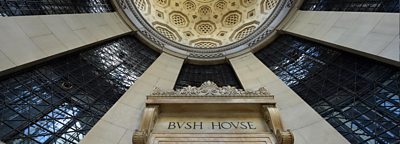For older listeners, the name Bush House became synonymous with broadcasts from the BBC World Service. The building was its headquarters for over 70 years, and had something of a fan base of its own. For the dedicated follower, trips to London might include a visit to the main entrance at Centre Block, and photographs taken in front of a discreet brass sign, the only actual indication of the BBC's presence in the building.
The last BBC programme was broadcast from Bush House in 2012, and BBC World Service operations moved to new facilities at New Broadcasting House, London the same year.
A new tenant, King's College London moved into Bush House in September 2016 following an extensive programme of renovation, and further expansion into the adjacent Melbourne House is set for 2025. The initial term of the lease is 50 years.
The BBC left Bush House for good reason. Never designed as a centre for broadcasting, the building was increasingly expensive to maintain, awkward to use, and there was a constant battle against a determined mouse population.
Beginnings
The building was designed with multi-occupancy in mind. The American architect Harvey Corbett undertook the commission in the early 1920s, creating a luxurious trade centre where companies could show off their products and services to potential clients. Finance came from an Anglo-American trading organisation headed by Irving T. Bush, hence the name. Later that decade Bush House was declared the 'most expensive building in the world', having cost around $10 million.
The developers found a prime site, and for the few that don't know it, Bush House occupies a dramatic position at the bottom of Kingsway, in central London, connected to the Strand on its southern façade. The portico is impressive, flanked by two male statues symbolising Anglo-American friendship, sculpted by the American artist Malvina Hoffman.
Over a Celtic altar at the centre of the portico is the inscription 'To the friendship of English-speaking peoples'. The inscription mystified people. The BBC motto is 'Nation Shall Speak Peace Unto Nation', which does not appear on the building.
One might have been forgiven for thinking that one purpose of the BBC World Service was to keep up friendly relations with the English speaking world only, which was never the case. For an Anglo-American trading centre the inscription was a good fit, for an international broadcaster, renowned for its impartiality it was awkward.
The official opening of Bush House was a major event, and took place on July 4th 1925 - American Independence Day. The Ceremony was performed by Lord Balfour (British Prime Minister, 1902-1905) and included the unveiling of the two statues at the entrance. The traffic on Kingsway and the Aldwych was stopped for half an hour for the ceremony, and Malvina Hoffman broke down at what was, to her, an intensely emotional event.
Some areas of Bush House are Grade II listed. Centre Block, the main reception area, the Arcade at the rear of the building and the staircase and lobbies in the Centre Block are all listed, meaning that nothing can be done to them without approval first.
The BBC moves in
Following an international trade slump, and the retreat of companies from London because of World War Two, Bush House needed tenants. When the Empire Service (as BBC World Service was formerly known) was bombed out of its original home at 200 Oxford Street, Bush House, with its large offices and expansive landings was a potential candidate. European services were re-located there in 1940, and BBC overseas services arrived in the late 1950s.
Bush House wasn't immune from the war, suffering a bombing raid which hit the front of the building. The statue representing America lost its left arm. It was only in 1970 that there was a plan for restoration, when an American, visiting his daughter at the London School of Economics, saw the damaged statue. He worked for the Indiana Limestone Company and persuaded the company to send a new arm and a stonemason to attach it, in time for the Silver Jubilee celebrations of Elizabeth II in 1977.
Over the years all the BBC's foreign language services gradually invaded Bush House, penetrating each wing in turn. The services have broadcast events that have changed and shaped the world. De Gaulle's broadcasts to the Free French (some originating from Broadcasting House), famous speeches by Churchill, Hungary's desperate call for help as Russian tanks rolled into Budapest, the fall of the Berlin Wall, the genocide in Rwanda, the war in Kosovo, and 9/11 are just a few.
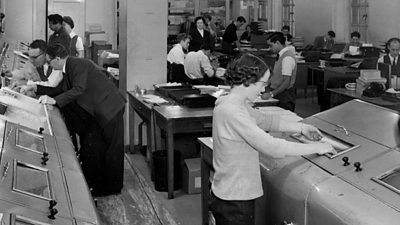
Working in Bush House
By 1941 there was more than 1400 staff working on international broadcasts, many of whom moved to the new building. They found it cosmopolitan, with a layout that improved collaboration between the different language services. Journalists had an exclusive link to BBC Monitoring, and consequently were first in the BBC with news from the war front. The pace of war began to affect the style of on air delivery too, and newsreaders began conducting live interviews on air.
The sense of mission and purpose was palpable during these years, and there were notable firsts. One came from the service directed to Belgium. In January 1941, former Belgian politician and director of the 'Belgian French Service', Victor de Laveleye, suggested that Belgians use a 'V for Victory' sign as a rallying emblem. A Morse code 'V' and Beethoven's Fifth Symphony (rhythmically similar to the Morse code), were broadcast as a call sign in BBC language services. Churchill also took up the sign for the first time in his 'V for Victory' speech of 19 July 1941.
1941 was also significant for Bush House, when George Orwell joined the staff of the Eastern Service. Hired as a Talks Producer he did not enjoy the work. 'By some time in 1944' he wrote, 'I might be near-human again, and able to write something serious. At present I'm just an orange that's been trodden on, by a very dirty boot.'
However, Orwell's time in Bush House wasn't wasted. The canteen featured in his Ministry of Truth in the book 1984, was said to be based on the one at Bush House. Part of Orwell's work at the BBC involved lengthy meetings at Broadcasting House, and his infamous Room 101 is thought to relate to a room there.
Government Relations
Post-war, austerity hit output from Bush House hard. Funding (from a Foreign Office Grant-In-Aid) was cut from £5.3 million to £4.75 million. The Conservative Party opposed the cuts, but did not reverse the position once in power. Production staff adapted, but hours on the service in English were cut from 24 to 21 hours a day, and Latin American services were also heavily reduced.
Editorial Impact
By the 1950s, memories of the successful alliance between the Overseas Service and the wartime Coalition Government were still fresh when Britain sent troops to recapture the Suez Canal. Britain was bitterly divided over the issue. There was even an attempt by Prime Minister Sir Anthony Eden to impose censorship on the BBC's broadcasts, trying to stop journalists, critical of the government's Suez policy from broadcasting, domestically and internationally. Bush House remained resolute throughout all its output, impartiality winning the day.
Bush House and the Cold War
During the Cold War, transmissions were regularly jammed by the Communist bloc and in response, the BBC increased its transmitter power. Millions behind the 'iron curtain' did what they could to listen to the BBC, often their only source of balanced information. Leonid Finklestein, a political prisoner, remembered listening to the BBC Russian Service in 1948 from a radio constructed by a fellow prisoner out of scraps of metal.
Later, he used to drive his car outside Moscow to escape the 100 km jamming radius, and listen to shortwave BBC broadcasts on another specially adapted set. Leonid eventually worked for the BBC Russian Service in London.
By 1972 more than 750 hours of programming a week in 40 languages were being broadcast from Bush House, 200 hours more than during the mid-1950s. Languages from French to Somali came from the various wings of the building, but it was not a happy time for some services. Staff themselves were becoming targets simply for telling the truth.
In 1978, Bulgarian Service journalist Georgi Markov was waiting for a bus on a crowded pavement on Waterloo Bridge during his lunch hour. He felt a pain in his thigh, and turned round to see a man picking up an umbrella. Markov returned to Bush House for the afternoon and told colleagues about the rather odd incident. He thought nothing of it until he became severely ill. He died three days later, assassinated by a poisoned umbrella. It is assumed the KGB arranged the murder.
Reassessment
Decolonisation in Africa and Asia meant the tone of the BBC External Services began to change by the late 1950s. There was a shift away from the 'interests of expatriates and listeners of British stock', to 'the listener who understands English but is not of British descent.' By May 1965 the name BBC World Service came into being too, replacing its predecessors, the General Overseas Service, and the Empire Service, in acknowledgement of how it was generally known and referred to publicly.
Other changes soon followed, with The African, Caribbean, and Colonial Service merging into the new African English Service in 1961. European language services were re-focussed in the light of the intensifying Cold War, and massive exports of recorded programmes started to be sent to radio stations around the world.
In 1960 alone, The Transcription Service exported 70,000 recorded programmes, and the ever popular English by Radio and Television began its first international television English teaching course in 1963.
There were some peculiarities too. Four days after Ian Smith's Unilateral Declaration of Independence (UDI) in 1965, the BBC Rhodesia Unit was established. It was never listed as an official BBC service, but it had a dedicated production office and budget nonetheless. The aim was to produce programmes intended to show that independence for Rhodesia would result in the country's isolation from the world.
This 'ghost service' was criticised for effectively broadcasting propaganda, but was favourably viewed by some of the British press. Other lesser known services included BBC Welsh For Patagonia, the BBC Galician Service, and BBC Portuguese for The Channel Islands.
A change of direction
By the 1980s the World Service was to face another round of cuts. Despite this, much of the transmitter network was renewed, with broadcasts on medium wave to the rest of Europe coming from new transmitters at Orford Ness in Suffolk. The signal to Eastern Europe was improved with ten new transmitters at Rampisham in Dorset.
However, soon after the upgrade, World Service came face-to-face with its listeners behind the Iron Curtain for the first time as the communist block began to crumble. Management in Bush House had to think long and hard about its role in the post-communist world, and realised it was not the lifeline it once was in the region. Many European language services faced closure and by the mid-2000s.
World Service on TV
Radio listening on shortwave was in decline by the mid-1990s, and there was pent up demand for a version of the World Service on television. After much planning the first World Service Television news was broadcast across Europe in March 1991. It had only taken 24 years to get there. In 1968 the then BBC Director-General, Sir Charles Curran had considered using satellites to carry BBC programmes worldwide. BBC Persian TV, and video streams in Turkish, Urdo, and other languages have since joined the fold. But it was the launch of BBC Arabic TV from New Broadcasting House, that signalled the start of a long process of withdrawal of BBC operations from Bush House.
Leaving
2012 marked the end of broadcasting from Bush House in The Strand. Over the spring and summer of that year, the building was gradually cleared, as all BBC staff began to take up take up new offices in Broadcasting House, working alongside colleagues from the rest of the Corporation.
The World Service news in English was the last programme to be broadcast from Bush House, and brought to a close a long, and treasured association between the BBC and a building that captured the imagination of the world.
Further reading
-
Goodbye to Bush House John Tusa presents memories and archive about the BBC World Service in Bush House, from 1941 to leaving Bush House in 2012.
Buildings
-
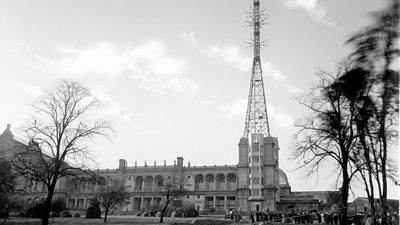
Alexandra Palace
The birthplace of television -

Broadcasting House
The first purpose-built broadcast centre in the UK -
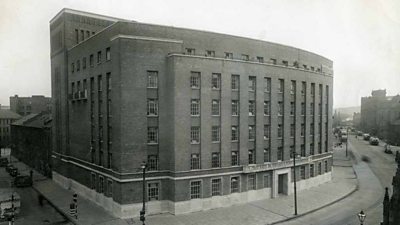
Broadcasting House, Belfast
BBC Northern Ireland's headquarters since 1941 -
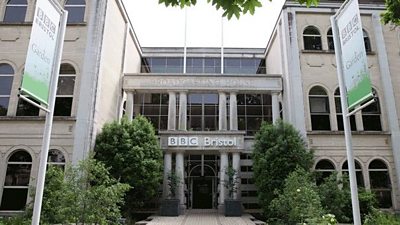
Broadcasting House, Bristol
Former home of the Natural History Unit -
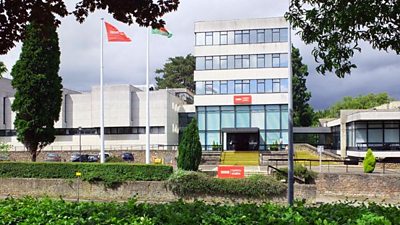
Broadcasting House, Cardiff
The BBC's first bespoke headquarters in Wales -
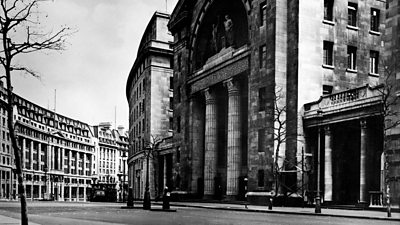
Bush House
Home of the World Service 1940-2012 -
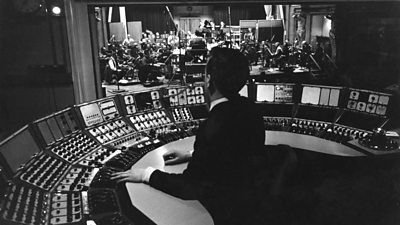
Camden Palace Theatre
Light entertainment and music from North London -
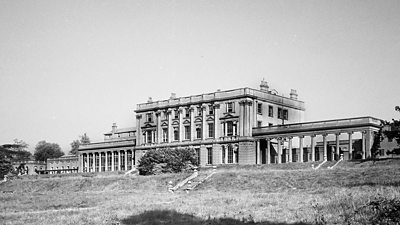
Caversham Park
Listening to the world, 1943 to 2018 -
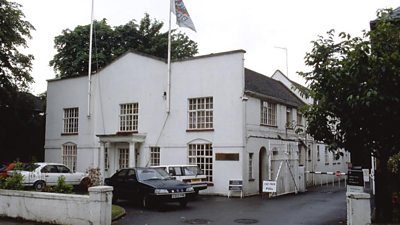
Ealing Studios
The BBC Television Film Studios -
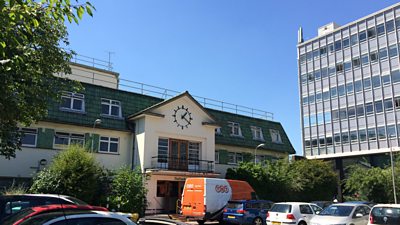
Elstree Studios
Home of EastEnders -
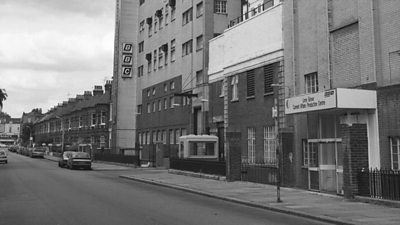
Lime Grove
A temporary measure for 42 years -
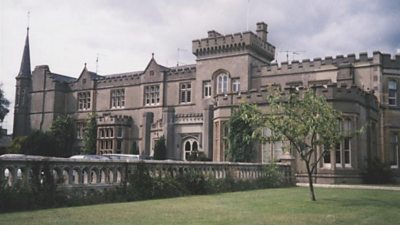
Kingswood Warren
Former home of BBC Research & Development -

The Langham
Sustaining the BBC during World War 2 and after -
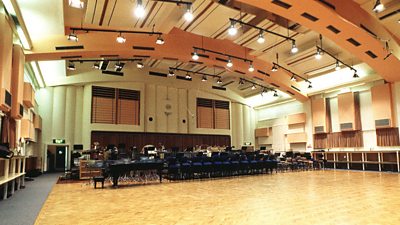
Maida Vale
The best acoustic in London -
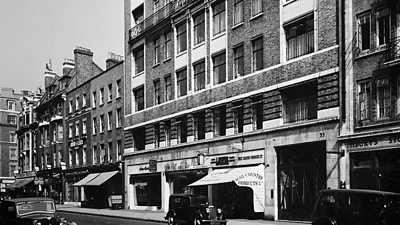
35 Marylebone High Street
The first headquarters of the Radio Times and BBC Radio London. -
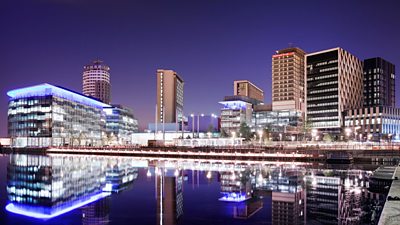
MediaCityUK
The BBC's Northern base in Salford -

Pacific Quay
Headquarters of BBC Scotland -
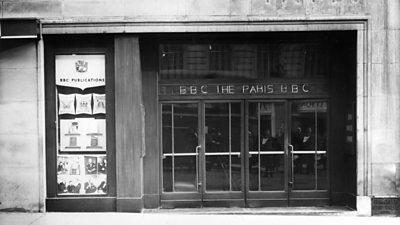
Paris Studios
Former London cinema which hosted The Beatles and Dad's Army -
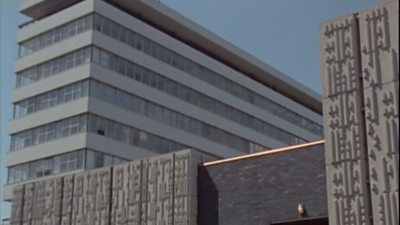
Pebble Mill
A hub for drama, entertainment and factual programmes in Birmingham between 1971 and 2004 -
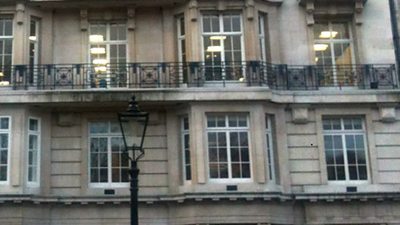
Queen's House, WC2
Centre of English language learning -

Riverside Studios
A film studio regenerated into a TV studio used by the BBC from 1954 to 1975 -
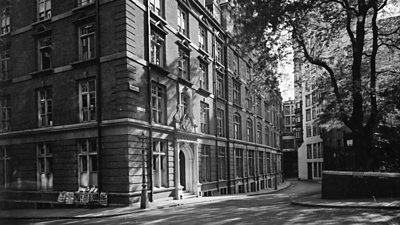
Savoy Hill
The first home of the BBC -
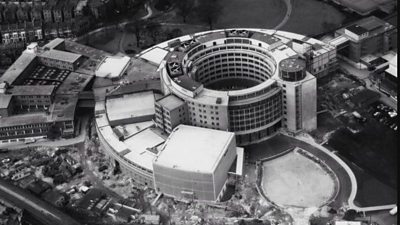
Television Centre
The Television Factory -
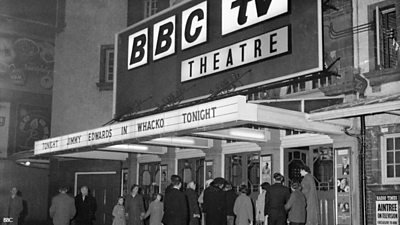
Television Theatre
A mecca for the stars of the 1960s -
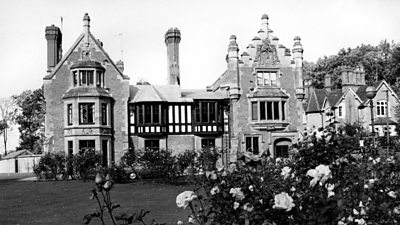
Wood Norton
The emergency broadcasting centre
